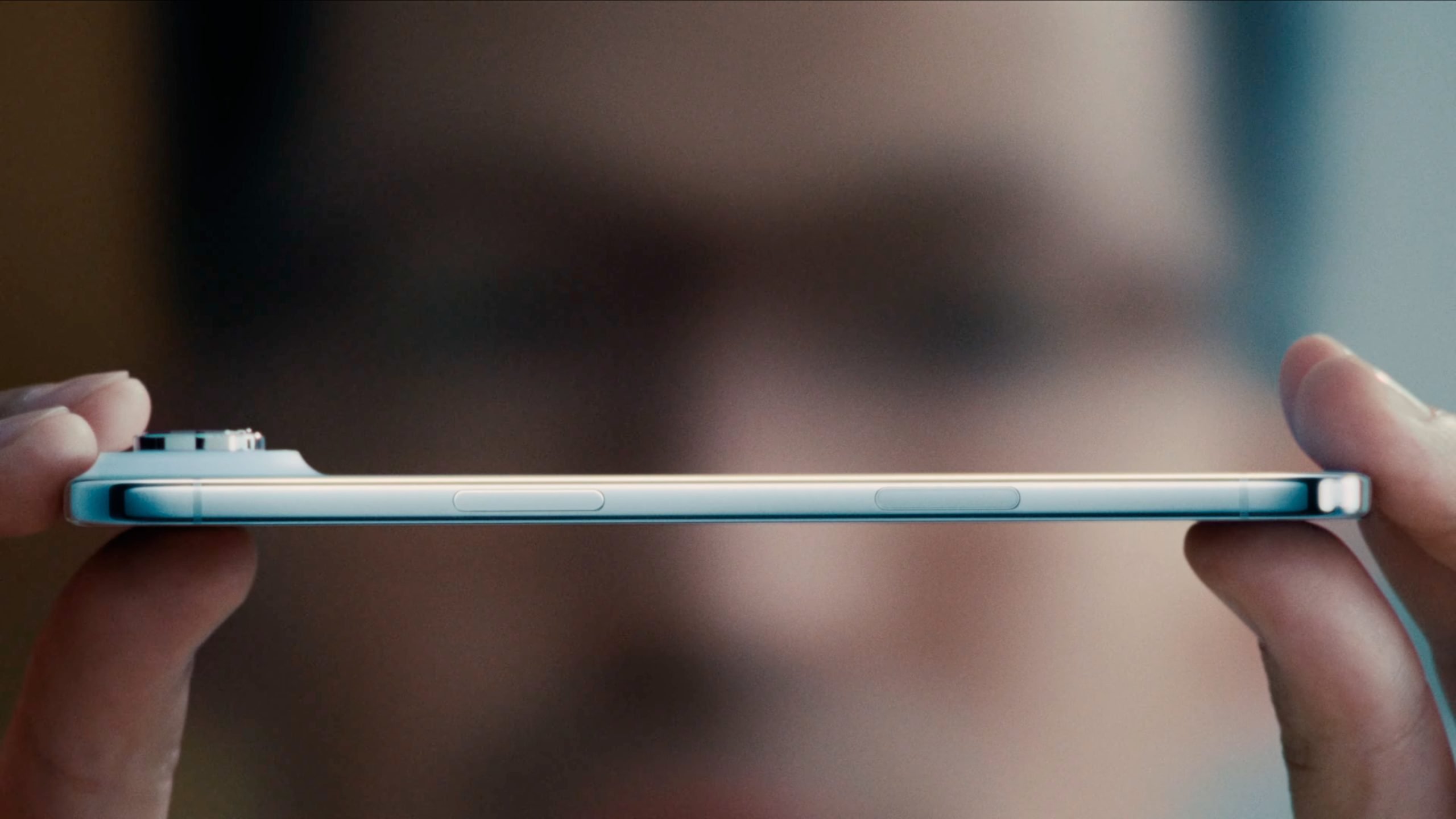In a sense it is one bank of collectibles, but there are those who compare the initiative to a sort of NFT calculation of the traditional collection market. l’eBay vault is a massive 3,000-square-foot warehouse designed to house a large number of physical collectibles. The requirement? They must be worth at least $750.
For now we start exclusively from rare figurines (such as those of Baseball and pokemon), but tomorrow the Vault will house just about every type of collectible, including autographed bobble heads and vintage toys like Kenner’s Star Wars action figures.
The eBay Vault guarantees collectors two services. The first and the simplest: to keep precious objects, such as a sofa, safe. The collector protects himself against theft and knows that he can pick up his collection at any time and have it sent home. But not only that: he knows that his objects are kept in an environment that is constantly monitored and designed to prevent wear and tear. Not all collectors have the tools and resources to store their cards in a controlled humidity environment.
The second is more complex and has the potential to collector’s market The collector no longer physically owns the collector’s item, but has some sort of virtual title that certifies ownership of the sticker. The collectible is his, it appears in his account, but it is kept by eBay, who takes care of it. He may dispose of that virtual title at his discretion. And this is where eBay’s little revolution comes in: the collector can now trade and sell their collectibles instantly. Title to ownership transfers directly to the new buyer, without delivery or shipment. Then the new buyer can of course freely decide at any time to remove the item from the Vault and have it sent home.
The comparison with NFTs is not surprising. “NFTs – writes The Verge magazine – are not connected to anything physical, so investors can operate in the market and take advantage of any changes in value in the blink of an eye, without having to worry about physically moving the asset.”
The difference is that in this case there is little virtual. The collector’s item really exists and its digitization only serves to facilitate and accelerate the buying and selling operations.
Source: Lega Nerd













